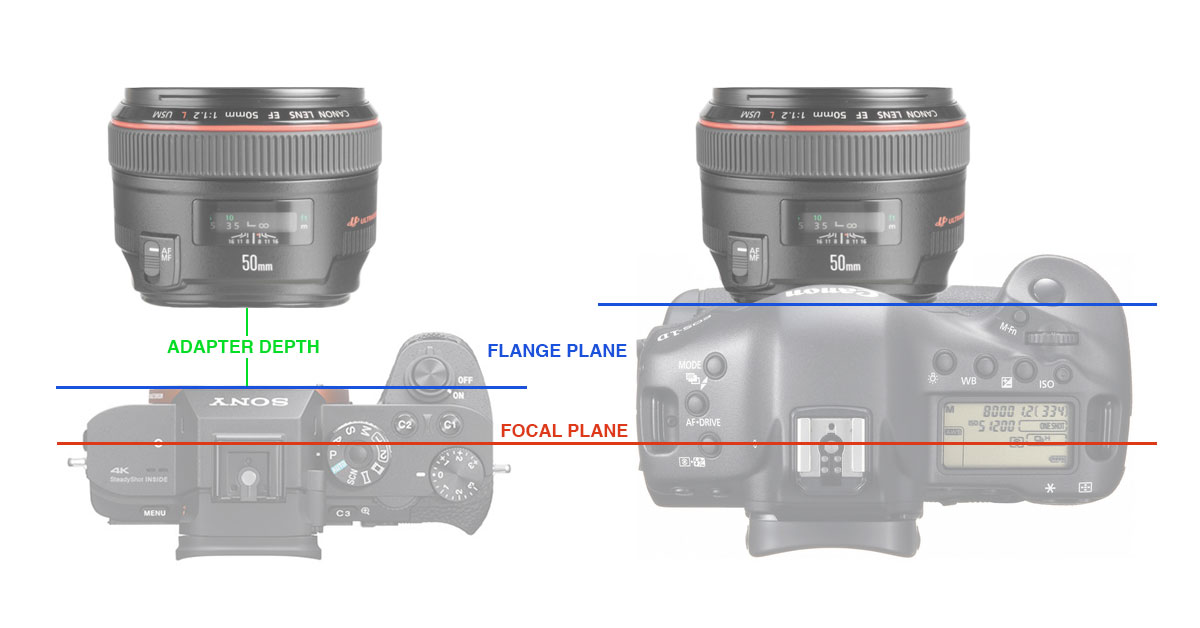- Messages
- 66
- Name
- Mark Walker
- Edit My Images
- No
I've always used native mount lenses, but given my selection of Contax / Carl Zeiss prime lenses, I'm considering trying one of those CY to F Adaptors. Does anyone have much experience with these or any other type of mount converters? For example, given that the Carl Zeiss glass is supposed to be really good, am I going to see the image quality drop?
Just so happens I can only find one for CY to F that focuses to infinity and that's an Urth (which does include an element) - whoever they are!
We're talking old skool, so aperture on the lens and manual focus so no need to talk about the electronics of the 2000s.
Thoughts or any experience feedback are appreciated or should I just stock up on my AIS F mount primes
Just so happens I can only find one for CY to F that focuses to infinity and that's an Urth (which does include an element) - whoever they are!
We're talking old skool, so aperture on the lens and manual focus so no need to talk about the electronics of the 2000s.
Thoughts or any experience feedback are appreciated or should I just stock up on my AIS F mount primes





